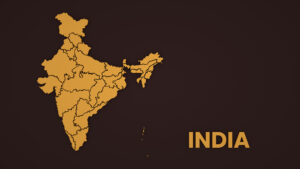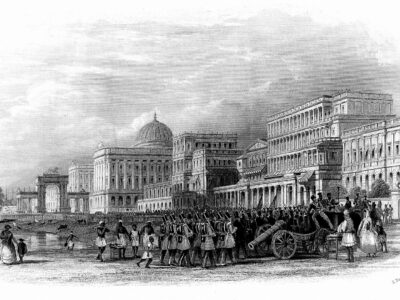Six countries in the world drink the bulk of the coffee grown in 53 countries. Coffee is grown only near the equator in countries that don’t experience freezing winter temperatures. Over 30% of the 700 million tons of cultivated coffee beans are grown in Brazil. Other top producing countries include Vietnam, Colombia, Indonesia, Ethiopia, India, Honduras, Uganda, Mexico, and Guatemala. The only coffee made in the United States is grown in small amounts in Hawaii and Puerto Rico.
Earlier, coffee was drunk by Arabs, spreading to Rome in the 1500s. By the early 1600s, European nobility had embraced the drink. In 1683, the first coffeehouse was opened in Venice, quickly becoming a place for political debate and discussions. Coffeehouses played a significant part in planning the French and American Revolutions.
Over 85% of modern-day Americans drink coffee, with over half drinking an average of two or more cups per day. Each cup of coffee takes approximately 100 coffee beans to make it. Agricultural sources note that each coffee tree produces about 4,000 coffee beans yearly. For those doing the math, it takes approximately 18 trees to provide one person with 2 cups of coffee per day for a year.
Surprisingly, North Americans are not the most significant consumers of coffee. The United States averages 4.1 kilograms per capita, far behind the 11.1 kilograms consumed by Finland.
And there is a lot of money in coffee. Over 20 million people worldwide rely on incomes directly connected to coffee cultivation and production. Add in the speciality coffee markets, and that number rises astronomically.
Coffee positively impacts health, as it is an excellent source of potassium and magnesium. Researchers noted that people who drank three to five cups of coffee daily reduced their risk of premature death by at least 15%. There is also some evidence that shows a decreased risk of stroke and Type 2 diabetes.









